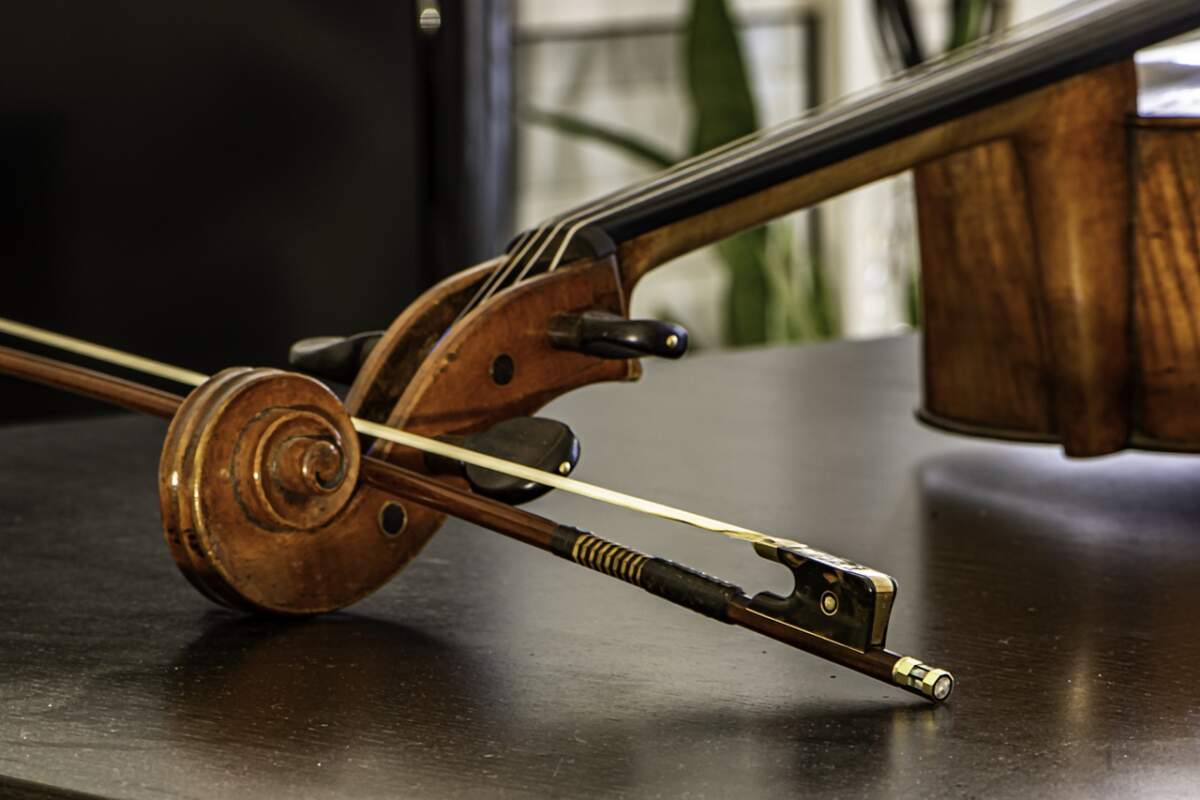Open string practice is important at EVERY stage of development!
It’s true. Beginners and professionals alike benefit from this practice regimen. (And if you are someone who prefers info in a video format, I’ve got you covered. Watch below. The video will also help you understand the practice techniques mentioned in this blog.)
FOUR reasons why incorporating open string exercises into your daily routine can enhance your tone, technique, AND patience.
Hey everyone, Carolyn here from Cello Discovery. 👋🏼
If you’re passionate about mastering the cello but find yourself solely focused on learning the music literature, this is an essential blog for you to read. Let’s talk about the often-overlooked regimen of something very basic – practicing open strings – and why it’s fundamental to your cello studies.
1. Tone Development
When it comes to playing the cello, tone is everything. Everyone wants to achieve that beautiful, golden sound. Think of tone as the foundation upon which your musicality is built. To achieve a great sound we have to understand how to initiate the beginning of the bow stroke and how to follow through with the remainder of the bow.
Just as every word starts with a consonant and continues with a vowel; every sound you produce on the cello begins with a crisp consonant and is followed by a resonant vowel. It sounds like “K-aaaaa“.
EXERCISE: Start by initiating a sound on each string, focusing on achieving a clean consonant. Make a little bite on the string – a little “k” sound.
Draw little counter-clockwise circles above the string with your bow so that each time you land on the string, you land with a down bow. The bottom of the circle is where the “k” sound is made. Grab the string with the hair then release the string. Do this multiple. Continue by reversing the motion so each stoke is make with an up bow.
After you get comfortable producing a really clean consonant, add the vowel to the bow stroke – a smooth vowel sound. This is where you will produce the full “K-aaaa sound. Try this exercise on each string, noting the feel of the resistance on each string and how they differ.
2. Bow Control
Smooth transitions when changing from down-bows to up-bows (and up-bows to down-bows) are essential for maintaining a consistent, even tone. Control at the tip and at the frog is what makes a player sound mature. It’s important to practice changing bow directions without altering the speed, keeping your bowing motion fluid and seamless.
Exercise: Isolate bow changes at the frog and then at the tip, gradually increasing the length of the bow stroke until you are using the full bow. Focus on wrist flexibility at the frog and maintaining a steady bow speed throughout.
🚗 🚗 🐌
3. Mastering the “15 mph Bow”
Learning to execute extremely slow, controlled bow strokes may seem counterintuitive, but it’s a skill that separates good cellists from great ones. The “15 mph bow” analogy emphasizes the need for steady, deliberate motion at a slow pace. The goal is to maintain an unwavering sound. It should stay the same volume (audible 😁) throughout! Keep weight into the bow so the sound is focused, not fluffy.
Exercise: Experiment with playing long, sustained notes at a consistent tempo, aiming for a smooth and even sound from frog to tip. Focus on maintaining control and precision throughout the entire bow stroke.
4. Cultivating Patience
Playing open strings isn’t just about honing your technical skills; it’s also a lesson in patience. In our world of diminishing attention spans, taking the time to focus on the smallest details can be a challenge. However, cultivating patience through open string practice translates to greater focus and awareness in all aspects of your playing.
Exercise: Embrace the meditative nature of open string practice, allowing yourself to fully immerse in the sound and sensation of each note. Practice mindfulness as you observe your bowing technique and listen for any inconsistencies in tone.
Incorporating open string exercises into your daily practice routine is key to realizing your full potential as a cellist. Whether you’re a beginner or an advanced player, never underestimate the importance of mastering the basics.
Ready for more guidance on your cello journey? Join the vibrant community at Cello Discovery, where you’ll find a wealth of resources, lessons, interactive music and community support to help you become an accomplished cellist.
And if you are looking for more open string exercises, Robert Jesselson wrote a blog on Cello Bello you can check out.
Until next time, happy practicing!




